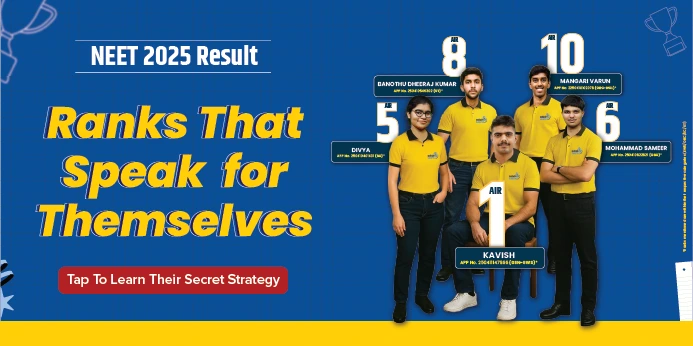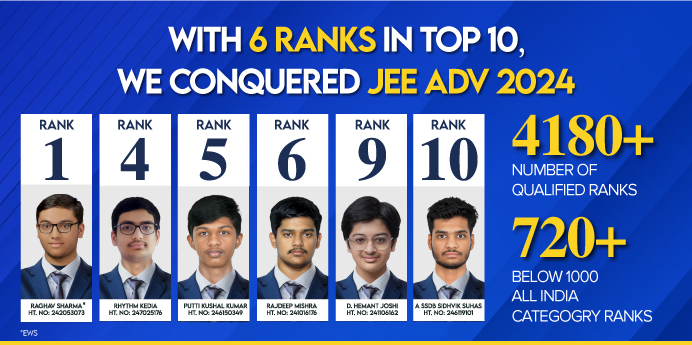




















AI Mentor
Check Your IQ
Free Expert Demo
Try Test
Courses
Dropper NEET CourseDropper JEE CourseClass - 12 NEET CourseClass - 12 JEE CourseClass - 11 NEET CourseClass - 11 JEE CourseClass - 10 Foundation NEET CourseClass - 10 Foundation JEE CourseClass - 10 CBSE CourseClass - 9 Foundation NEET CourseClass - 9 Foundation JEE CourseClass -9 CBSE CourseClass - 8 CBSE CourseClass - 7 CBSE CourseClass - 6 CBSE Course
Offline Centres
Q.
What is a convex mirror?
see full answer
High-Paying Jobs That Even AI Can’t Replace — Through JEE/NEET
🎯 Hear from the experts why preparing for JEE/NEET today sets you up for future-proof, high-income careers tomorrow.
An Intiative by Sri Chaitanya
a
Curved or bowed outward like outside of a bowl or sphere
b
Curved like inner surface of a bowl or sphere
c
Curved inward
d
None
answer is A.
(Unlock A.I Detailed Solution for FREE)
Best Courses for You

JEE

NEET

Foundation JEE

Foundation NEET

CBSE
Detailed Solution
Concept- Remember the distinctions between convex and concave mirrors, where the reflective surface bulges outward and is recessed inward. The convex mirror has a curved reflecting surface that resembles the outside of a ball or sphere. Light rays parallel to the optical axis are reflected from the surface, diverging from the focal point behind the mirror. Convex mirror images are always right side up and reduced in size. Because reflected rays appear to diverge from a focal point behind the mirror, these images are also known as virtual images. As a result, the correct answer. is A, which is curved or bowed outward like the outside of a bowl or sphere.
 A plane mirror has a flat reflecting surface, whereas a curved reflecting surface is referred to as a spherical mirror. There are two types of spherical mirrors: convex mirrors and concave mirrors. The reflecting surface of a convex mirror bulges outward. The reflecting surface of a concave mirror, on the other hand, bulges inwards. The main difference between a convex and concave mirror is the image formed by the two mirrors; whereas a convex mirror produces a diminished image, a concave mirror produces either an enlarged or diminished image depending on the position of the object. Convex mirrors are frequently used in right-hand rear-view mirror applications in automobiles, where the outward mirror curvature produces a smaller, more panoramic view of events occurring behind the vehicle.
A plane mirror has a flat reflecting surface, whereas a curved reflecting surface is referred to as a spherical mirror. There are two types of spherical mirrors: convex mirrors and concave mirrors. The reflecting surface of a convex mirror bulges outward. The reflecting surface of a concave mirror, on the other hand, bulges inwards. The main difference between a convex and concave mirror is the image formed by the two mirrors; whereas a convex mirror produces a diminished image, a concave mirror produces either an enlarged or diminished image depending on the position of the object. Convex mirrors are frequently used in right-hand rear-view mirror applications in automobiles, where the outward mirror curvature produces a smaller, more panoramic view of events occurring behind the vehicle.
Hence, option 1 is the correct answer.
Hence, option 1 is the correct answer.
Watch 3-min video & get full concept clarity
courses
No courses found
Ready to Test Your Skills?
Check your Performance Today with our Free Mock Test used by Toppers!
Take Free Test



